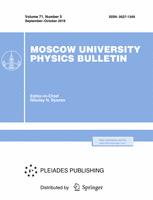Начиная с 1911 г., с момента открытия атомного ядра Э. Резерфордом, физики пытаются разобраться в том, как устроено атомное ядро. Каждое ядро - это сложный уникальный объект, состоящий из конечного числа нейтронов и протонов. В обзоре показано, как по мере накопления большого числа экспериментальных данных, их осмысления и теоретического анализа изменялись представления об атомном ядре. В результате были обнаружены новые типы взаимодействий, ранее не известные в физике, - сильные и слабые взаимодействия, обнаружены новые явления, связанные с взаимным превращением частиц, обнаружены новые типы симметрии, в частности изоспиновая симметрия, разработаны новые экспериментальные методы, созданы ускорители, впервые позволившие наблюдать изменения, происходящие с отдельными атомными ядрами. Изучение свойств атомных ядер открыло новый мир - субатомный квантовый мир. Полученные знания важны в естествознании - от изучения живых систем до астрофизики.
24.10.-i Nuclear reaction models and methods
01.65.+g History of science
Московский государственный университет имени М.В. Ломоносова. Россия, 119991, Москва, Ленинские горы, д. 1, стр. 2
$^1$физический факультет, кафедра общей ядерной физики
$^2$научно-исследовательский институт ядерной физики имени Д.В. Скобельцына (НИИЯФ МГУ)



